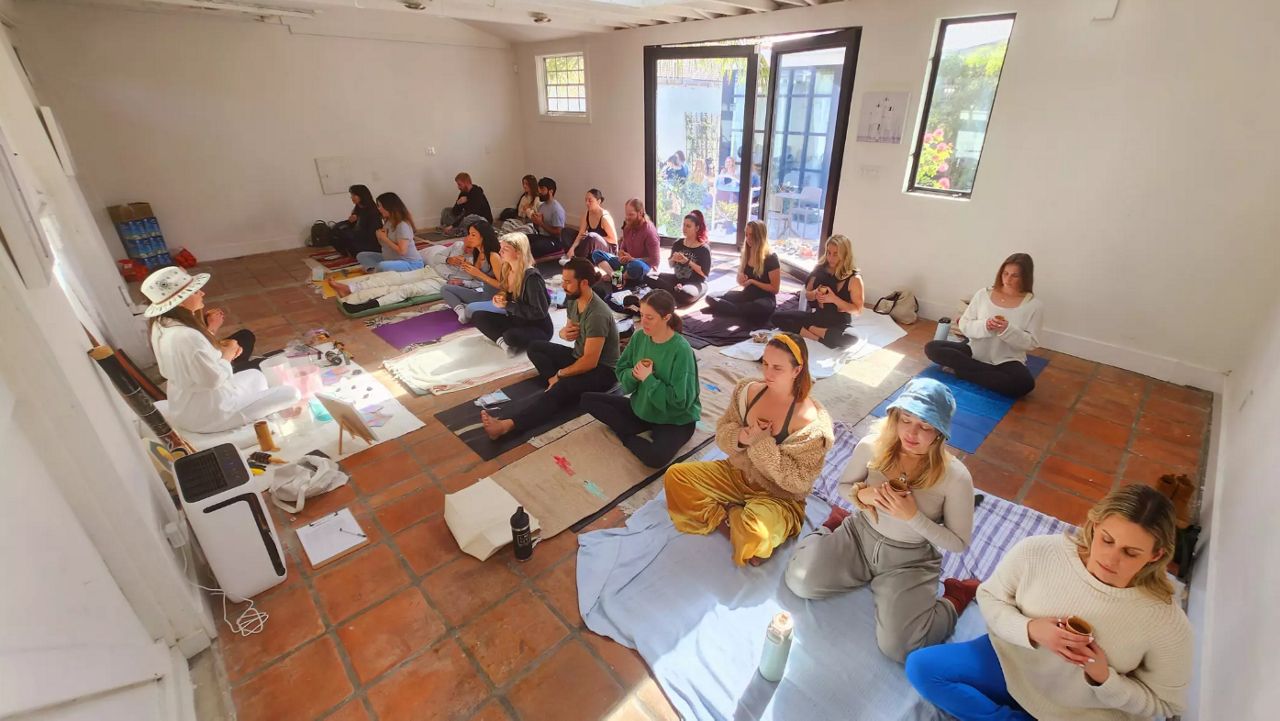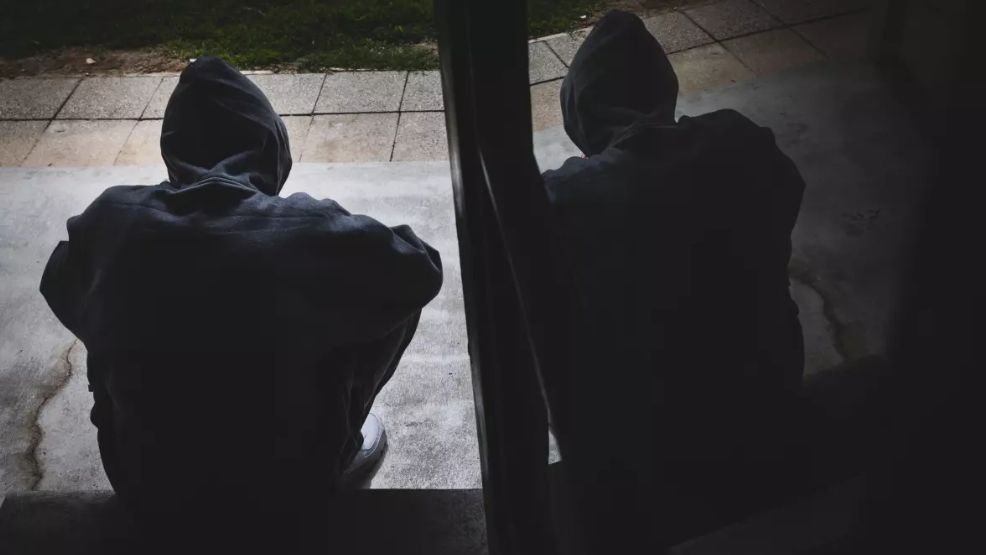Only about 3% of all the local landmarks in Los Angeles are connected to Black history, but that is going to change thanks to a new initiative by Getty and the City of LA.
In an interview for LA Times Today, arts reporter Makeda Easter joined host Lisa McRee with the story.
What You Need To Know
- Only about 3% of all the local landmarks in LA are connected to Black history
- Over the next three years, that's going to change thanks to a new initiative by Getty and the City of LA
- Data from surveys conducted between 2010 and 2017 led to the creation of HistoricPlacesLA
- The goal of this project is to reflect African American heritage in Los Angeles more accurately
A landmark can be a bridge, a building, space and even a district that has been designated to be culturally and historically significant.
"In Los Angeles, it is the City of LA and conservation groups who decide after years of research on which monuments and landmarks are important to the city. Some examples include the Hollywood Sign and the Griffith Observatory," said Easter.
Data from surveys conducted between 2010 and 2017 led to the creation of HistoricPlacesLA, a digital portal designed to inventory, map and contextualize the city's cultural heritage sites.
"This project is used to map out landmarks or historical and cultural places of importance in LA. So, anyone can go on this website and can search by area of the city and community. There are about 1,200 designated cultural landmarks that are represented in the portal," added Easter.
Easter said the goal of the project is to reflect the history of the city more accurately.
"Even though the city has designated about 1,200 landmarks, only about 3% are connected to Black history, and sadly only 6% are connected to communities of color. That includes Latinos, Asians and Indigenous people. This big disparity has been researched and decided by the city and conservationists. I think it is important to address this disparity because these landmarks really represent our pasts, and we need to have a full understanding of the history of the city,” said Easter.
Among the 3% of landmarks connected to Black history are the Lincoln Theatre on Central Avenue and Maverick's Flat on Crenshaw Boulevard.
"The Lincoln Theatre is known as the Apollo of the West, and it was a historic Black theatre. There is also Maverick's Flat, which was this club in its heyday in the 1970s. It hosted these huge acts like the Temptations, Earth Wind and Fire and Tina Turner," said Easter.
Many of the city's landmarks received their designation based on architecture, but preservation is not only about buildings. However, Easter says Black architecture was not taken into account much.
"Black history, in general, was not as researched, so when people were making these conservation efforts, there was not much scholarship to go back on to find Black cultural monuments," said Easter. "In the future, something these groups are talking about is ways they can move beyond the physical space and architecture to paint a full picture. The African American Historic Places Project is looking at creating digital markers or a walking tour that looks through different aspects of the community that do not have to rely on just one building. The group is looking for a leader right now. They are meeting with community organizations rooted in the Black community in LA to decide on these monuments and landmarks. This project is three years, so they are just starting and have a lot of work to do. But the goal is to identify at least 10 landmarks that we can add to this database."
Click the arrow above watch the interview.











